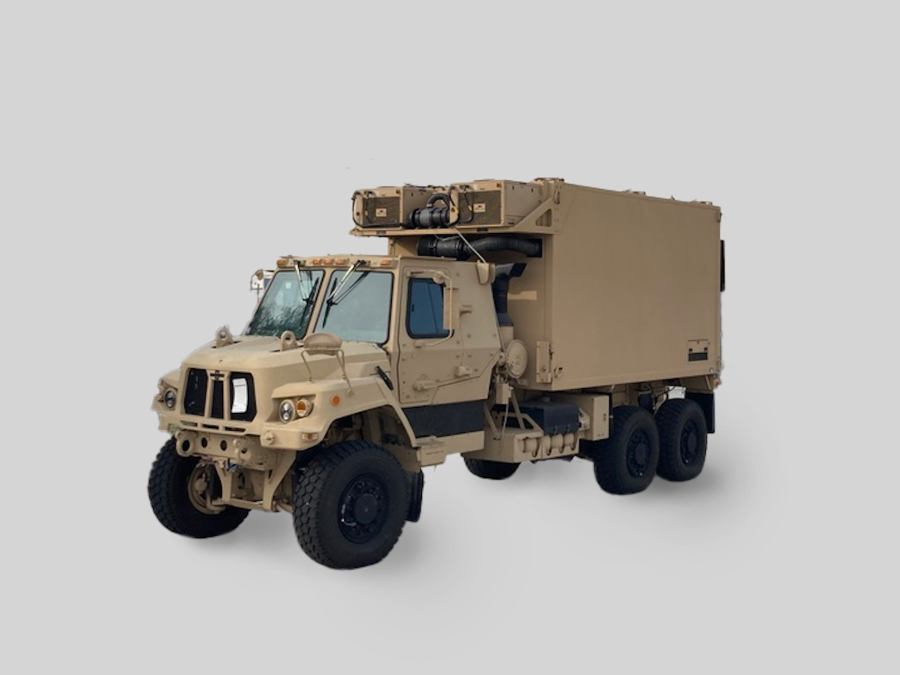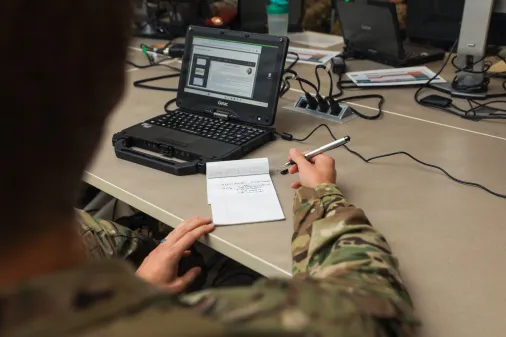Army queries industry to inform TITAN system production

Following the Army’s prototype award for its next-generation ground system to collect and disseminate sensor data, the service is setting its sights on fleshing out production plans for the platform.
The Army awarded Palantir a $178.4 million other transaction agreement in March for the Tactical Intelligence Targeting Access Node (TITAN). The system is a critical modernization component for the service’s multi-domain operations concept because it will integrate various types of data from numerous platforms — such as space, high-altitude aerial and terrestrial — to help commanders make sense of a fast-moving and complex battlefield. The effort is unique in that it’s one of the first major programs steeped in artificial intelligence, with a software vendor acting as the prime. In fact, Project Linchpin, the Army’s first program-of-record AI operations pipeline, will first be focusing on the TITAN system.
While Palantir is working on building and delivering prototypes — the first of which was delivered to Joint Base Lewis-McChord, Washington, in July — the Army is conducting market research to better understand how production and fielding of the system would work for possible future contract opportunities.
For that effort, the Army is estimating a production run from fiscal 2026-2031 and an investment of $1-1.5 billion dollars, according to a spokesperson from the program office.
The request for information posted by the Army lists the possibility of 94 total TITAN systems for production divided between approximately 36 advanced and 58 basic variants. The program spokesperson added that these numbers are potential quantities and the fielding plan to identify what units receive which variants is still in development.
Under its contract, Palantir is to deliver 10 prototypes over 24 months, consisting of five advanced and five basic variants.
The advanced variants are designed for division and above, providing direct access to more sensor data at higher classification levels. The basic variants are designed for division and below, prioritizing survivability, mobility and enabling secure but unclassified-encrypted communications.
Areas where the Army is looking for industry input regarding future production include recommended hardware configurations for both variants, software development approaches, Modular Open Systems Approach compliance, how companies would approach systems integration and software intellectual property strategies, among others.






